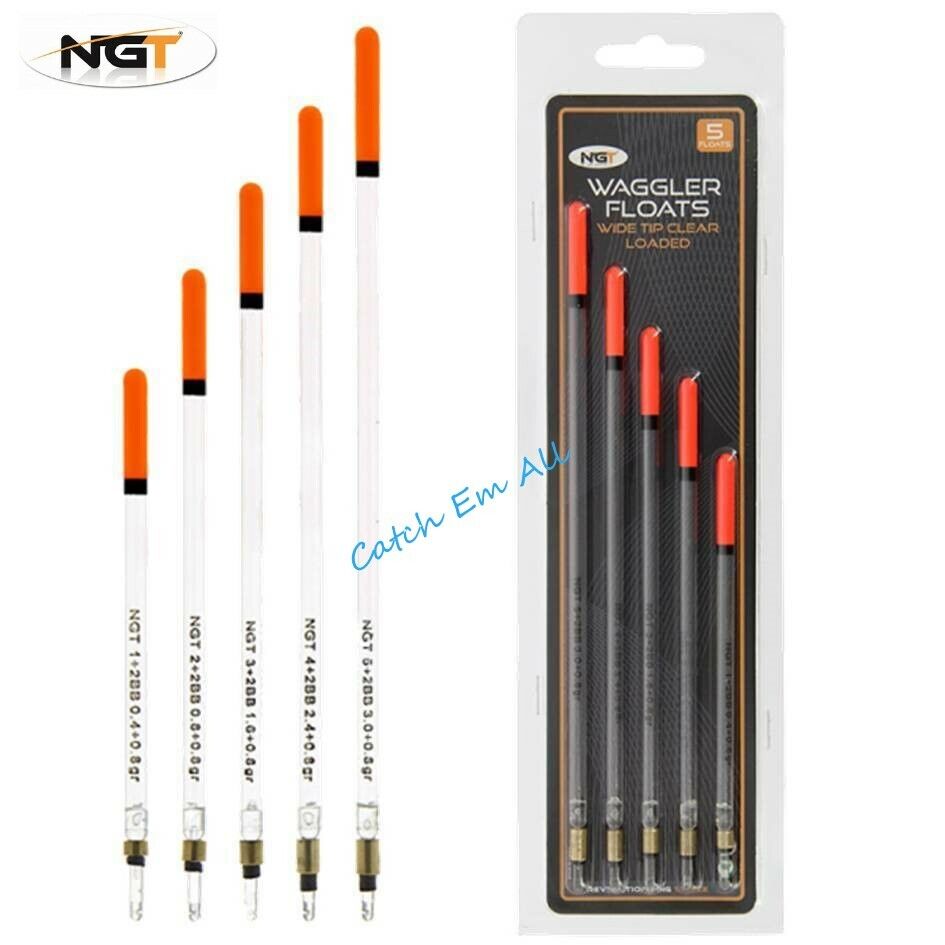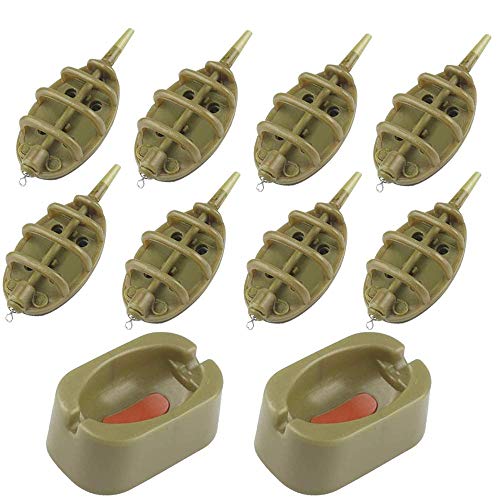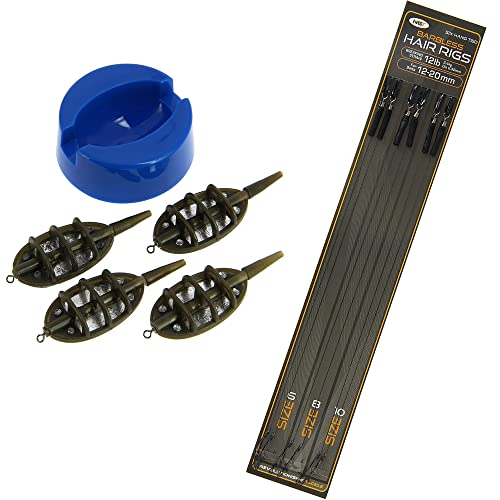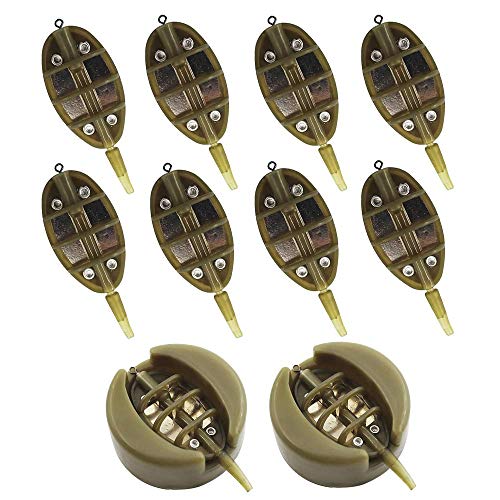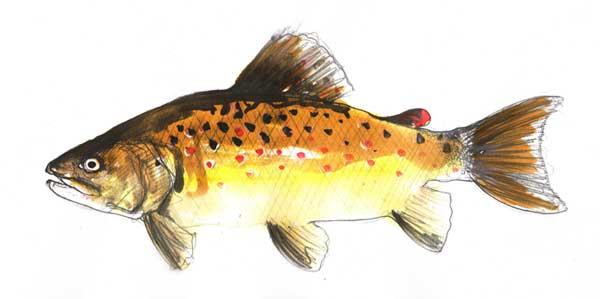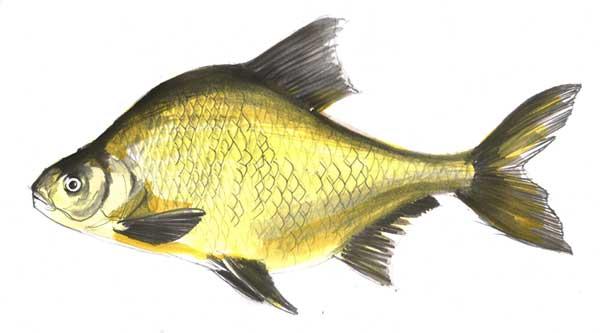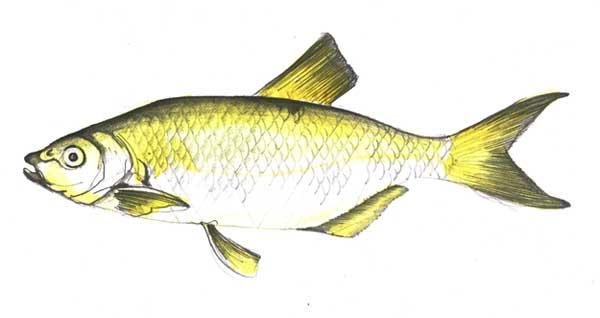Barbel are fascinating fish known for their unique behaviors and feeding habits. Understanding these aspects is key to successful barbel fishing. They are primarily bottom feeders and love to forage around gravel beds, snags, and weeded areas where they can find their favorite foods such as crustaceans, worms, and small fish. By knowing where to look, you can increase your chances of attracting these fish.
NGT Wide Tipped Clear Waggler Floats
Experience enhanced visibility and precision in your fishing with the NGT Wide Tipped Clear Waggler Floats, designed for effortless casting and accurate depth control
Product information
$3.89
Product Review Score
4.34 out of 5 stars
203 reviewsProduct links
One interesting characteristic of barbel is their shoaling tendency. They often gather in groups, especially during feeding times. If you spot one barbel, it’s likely there are more nearby. When fishing for barbel, patience is crucial. These fish can be quite cautious, and it might take time for them to approach a baited area, especially if they sense human activity. Maintaining a low profile and quiet surroundings can make all the difference in your success.
Discover a venue near you on Catch More Fish
The time of day also influences barbel behavior significantly. Early mornings and late evenings are typically the best times for barbel fishing. During these hours, the water is cooler, and the fish become more active, searching for food. Understanding their feeding patterns can help you pick the optimal times to set your line. Additionally, the weather plays a role; overcast days can encourage barbel to feed more aggressively, while bright, sunny days may make them more skittish.
Lastly, barbel are known for their incredible strength and fighting ability once hooked. They often make powerful runs and sudden changes in direction. As a result, having the right tackle is essential. A good quality rod, reel, and line will enhance your ability to successfully land these fish. Be prepared for a challenging fight, but the thrill is part of what makes barbel fishing so rewarding. By paying attention to their behavior, you can improve your technique and enjoy even bigger catches.
Essential Gear for Barbel Fishing
Barbel fishing can be an incredibly rewarding experience, but having the right gear is essential for success. Whether you're a beginner or a seasoned angler, understanding the equipment you need can make all the difference in your fishing adventures. Let’s dive into the must-have gear for an effective barbel fishing trip.
First and foremost, a sturdy rod is vital. A rod with a test curve of around 1.5 to 2.5 pounds is typically ideal for barbel fishing. This strength allows you to handle the powerful fights these fish can put up, especially in fast-flowing waters. Pair your rod with a reliable reel that has a smooth drag system and a good line capacity. This combination will help you cast farther and reel in bigger catches without losing your gear to break-offs.
The line you choose is equally important. A braided line or a strong monofilament with a breaking strain of 8 to 15 lbs is highly recommended for barbel fishing. Braided lines offer increased sensitivity, which is crucial for detecting subtle bites. Additionally, use a sturdy hook with a size ranging from 6 to 10, depending on the bait you're using. A good hook can greatly increase your chances of a successful catch.
Bait selection plays a crucial role in barbel fishing. Frequent choices include pellet, bread, or boilies. Consider using a ground bait mix to attract fish to your location. Adding a feeder to your setup can help keep the bait in the area longer, giving you a better shot at enticing the barbel into biting. Lastly, don't forget your tackle box! It's essential for keeping your gear organized and ensuring you have everything you need on hand.
Effective Techniques for Big Catches
When it comes to barbel fishing, employing the right techniques can significantly increase your chances of landing a big catch. One of the most effective methods is to focus on the time and place. Barbel are known to feed heavily during early mornings and late evenings, so planning your fishing trips around these times can be advantageous. Additionally, look for areas with features such as snags, gravel beds, or fast-flowing sections, as these spots often hold bigger fish waiting for their next meal.
Another crucial technique is bait selection. Barbel have a diverse diet, but some baits work particularly well for attracting larger specimens. Pellets, bread, and boilies flavored with fish or fruit scents are popular choices. Experimenting with different bait sizes can also make a difference—larger baits tend to catch the biggest fish while smaller baits may yield more bites from smaller barbel. Don't forget to use a good quality hair rig to present your bait effectively and allow the fish to take it fully before you strike.
Patience and stealth are essential attributes when barbel fishing. These fish are very sensitive to disturbance, so it's important to approach your fishing spot quietly. Whether you’re wading into the water or setting up your gear, subtle movements will make a big difference. Once you're settled and fishing, practice patience. Big barbel may take longer to bite, so resist the urge to constantly check your line or reel in too soon. Use this time to observe the water and look for signs of feeding fish.
Lastly, effective tactics for playing and landing your catch can’t be overlooked. When you finally get a bite, remain calm and resist the urge to yank the rod. Instead, allow the fish to take the bait and feel the weight before you set the hook. Once hooked, use a combination of pressure and finesse to bring the fish in. Keep your rod tip up and avoid giving the fish too much slack, which could enable it to shake free. A well-practiced landing technique can mean the difference between a big catch and a missed opportunity.
Seasonal Tips for Angling Success
When it comes to barbel fishing, understanding the seasons can significantly enhance your chances of landing bigger catches. Each season brings its own unique conditions that can influence fish behavior, feeding patterns, and locations. By tailoring your approach to the time of year, you can maximize your success on the water.
In spring, as temperatures begin to rise, barbel become more active after a long winter. This is an ideal time for anglers to seek them out in shallower waters. Focus on areas with good flow, such as gravel beds or overhangs, where barbel are likely to feed on the fresh, natural food brought in by the currents. Using lighter tackle with bait like hempseed or boilies can be particularly effective during this time.
Summer is the peak season for barbel fishing. As the water warms, barbel often congregate in faster-flowing sections of rivers, making them easier to target. Consider fishing during the cooler parts of the day, such as early morning or late evening, when barbel are more active. Heavy baits like pellets and larger boilies can attract bigger fish, so don't hesitate to go big when it comes to your bait selection.
As autumn arrives and temperatures begin to fall again, barbel are often seen preparing for winter. This is a great time to adjust your tactics as barbel will be feeding heavily to build up fat reserves. Focus on deeper pools and slower waters where they might take cover. Bread and more natural baits, such as maggots and worms, can work wonders as the fish look for food that mimics their seasonal diet.
Winter fishing for barbel presents its own challenges, but it can also yield great rewards. During colder months, fishing during milder weather can be effective. Barbel will often retreat to deeper spots where the water is slightly warmer. Employing smaller baits and a slower presentation can entice these less active fish, so be patient and target their resting spots.
